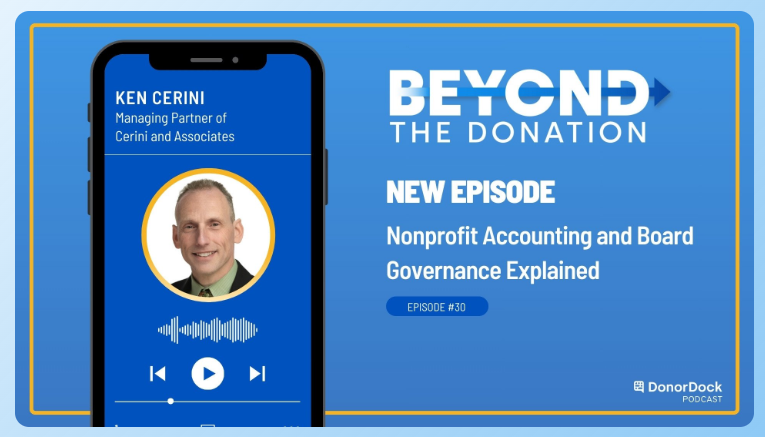As you know, there has been an emphasis at the State level to provide more special education within an integrated environment, however, most providers will tell you that’s not what they are seeing. Most of the CPSE placements have been for self-contained, with integrated as a fall back position when all the self-contained classes are full.
When SED recently put together its proposed recommendations to the Board of Regents, one of the key points they identified was a lack of inclusion opportunities. SED cited that the inability of 4410 providers to attract typically functioning children has created inequities within classrooms. These inequities can lessen the impact of the integrated environment, which is designed to incorporate both teacher/student learning opportunities as well as peer-to-peer learning. Furthermore, there is no set model, as 4410 providers use many different approaches to create true integration, including: Head Start, UPK, collaboration with day care providers, parent pay, etc. This creates issues for SED’s rate setting unit because each model comes with a different cost structure that must be considered.
In an effort to increase integration, SED recommended that school districts be authorized to provide SCIS classrooms to enrolled students in district operated State Administered Pre-Kindergarten programs without the need for them to obtain separate NYSED approval. According to SED, this model would:
- Expand the ability for students with disabilities to be enrolled in early childhood classrooms with their typically functioning peers
- Reduce student travel time, as the children would receive services within their home district
- Increase fiscal viability of integrated programs as the revenue from typically functioning children would help to offset the costs of the integrated classroom
- Provide more predictability in funding as the model would have more uniform
In addition, in conjunction with this, and in order to ensure that children with special needs are afforded the same benefits offered to their typical peers, under SED’s proposal, SCIS students would be dually enrolled (counting as enrolled in both SED and UPK) and as such, dually funded by both programs.
Furthermore, the proposed regulations similarly provide districts with the ability to perform preschool evaluations without having to complete a formal application to do so. SED does not believe that this will have a significant impact on 4410 providers, however, if you consider SED’s proposal, SED is making it much easier for school districts to develop preschool programs:
- Districts would not need to apply to be an evaluation site or a 4410 SCIS provider
- Districts would be able to do preschool evaluations and then offer an integrated environment close to the child’s home
- Districts could control the flow of UPK students and would now get dually funded for any UPK child with an IEP
How are 4410 providers expected to compete?
It is pretty clear that SED is trying to more closely link UPK and special education services in an effort to develop a model that more appropriately meets the goals they have established. According to SED, more than 50% of UPK services are provided outside of districts. This, unfortunately, is mostly with day care providers and not 4410 providers. Whether this will continue with the new incentives provided to districts is yet to be seen. As 4410 providers are part of the continuum of education, what would make the most sense would be for SED to set aside an appropriate number of UPK slots to effectively integrate with 4410 providers. This would provide offsetting revenue and effectively help to lower the average cost of integrated services for all 4410 providers. The cost of providing pre-school services within the school district arena will most likely be significantly more money than providing these services through 4410 providers, due to higher costs of teachers, facilities, and benefits.
This could be the start of a slippery path, leading to a dynamic change in 4410 providers, where 4410 providers will principally be educating those children that are too intense to be educated within a school district system, similar to where 853 schools find themselves now. Providers should consider reaching out to their elected officials and discussing this situation with them.
This article was also featured in our newsletter Special Ed-ition Vol. 20

Albert Borghese, CPA
Director
Albert is a member of Cerini & Associates’ audit and consulting practice where he focuses on serving the firm’s special education and nonprofit clients. Albert is also involved in the marketing and development of the firm, and frequently participates in recruiting efforts, and research.





